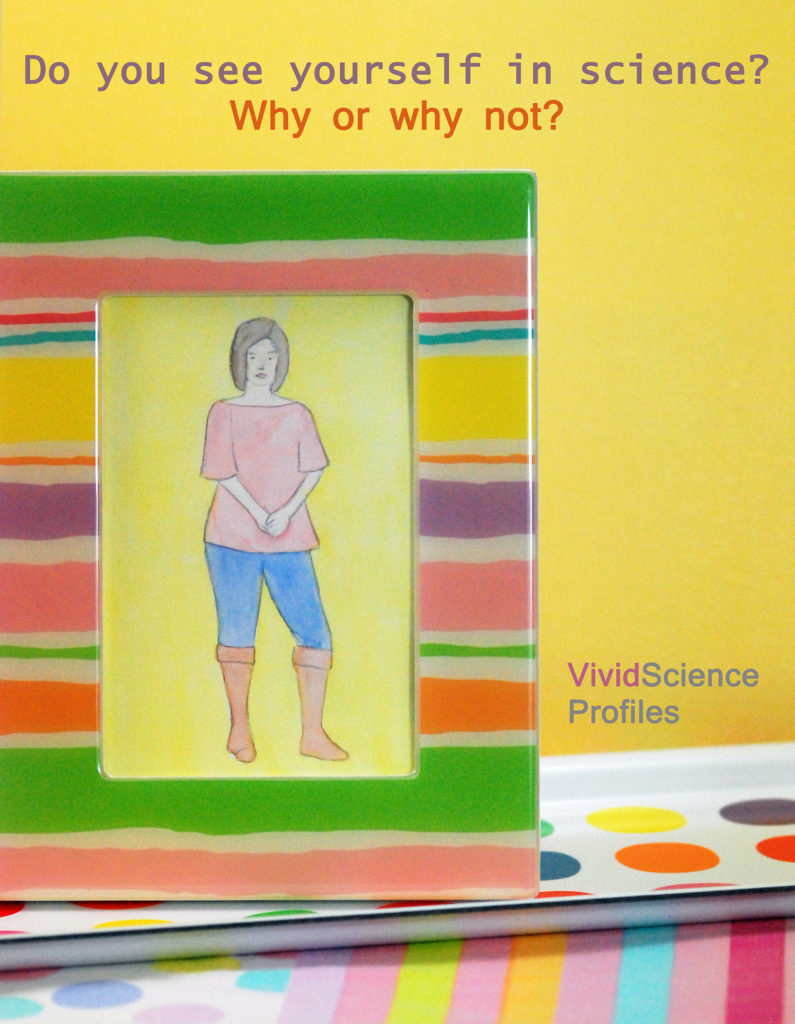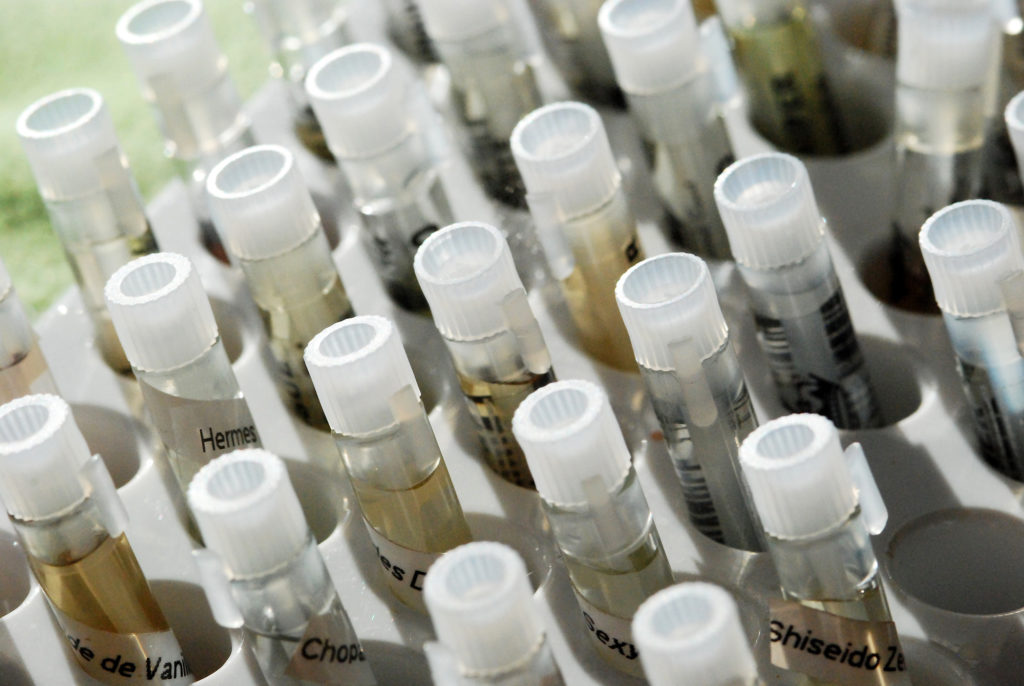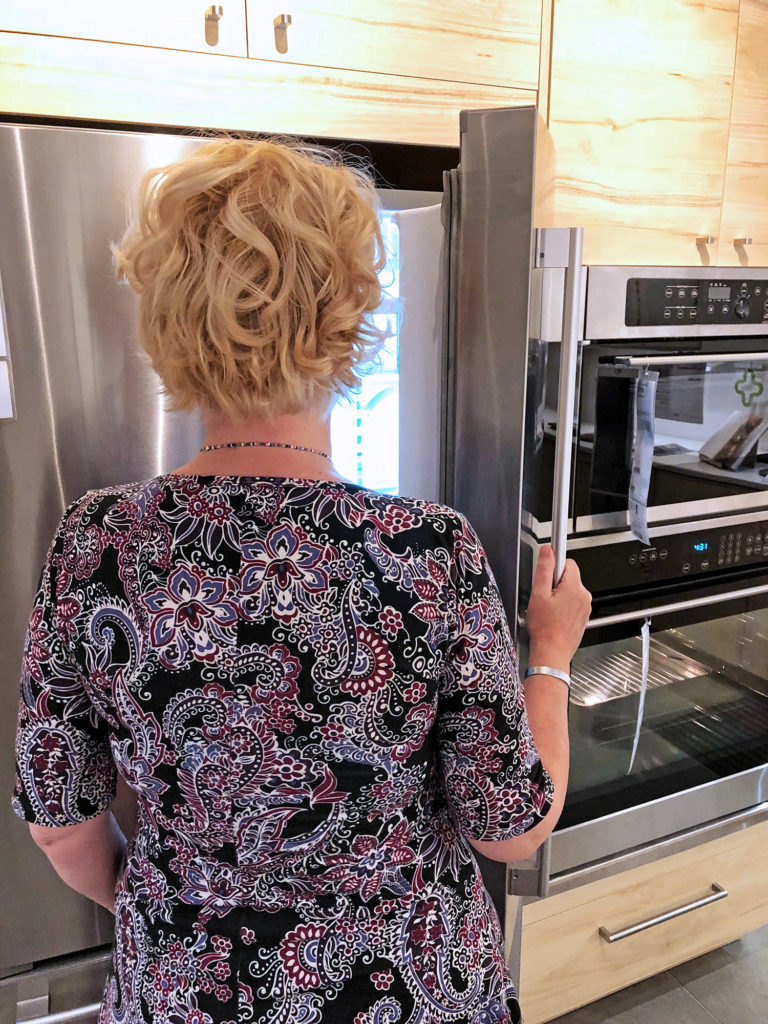
Laboratory Controlling Conditions for Research


Laboratory Objectives:
- Explain why controlling variables in laboratory work can assist in drawing conclusions from research.
- Using a moss investigation as an example, describe how science discovery can be applied to small-scale habitats.
When you think of laboratory work, what do you think of?
Common responses we’ve heard include:
- equipment: beakers, bunsen burners, scales, microscopes.
- furniture: lab benches, stools, hoods, safety showers.
- specimens: dissected animals, fossils, tanks.
Unfortunately, the people described are often stereotypically similar, possibly due to only a few well-know scientists like Einstein, Newton, or Darwin.

Science is richer with diverse perspectives. There are many ways to participate in science: helping your kids with their science homework, working in a community garden, or voting on science-related issues.
We hope everyone will feel included in the scientific endeavor.
Laboratories are settings where you can control variables (like light, temperature, and noise) and have easy access to needed equipment.
By controlling variables and only altering one at a time, it is possible to draw conclusions, including cause and effect.


You can use a kitchen, bathroom, or even a corner is a closet. The key is to not leave any potential safety hazards behind. For example, not storing experimental waste materials in your fridge.
Moss Study
This moss study will demonstrate how exploration leads to description and explanation.
To get an idea of how many organisms live in moss, we will collect dry moss that has fallen off the branches of an oak tree.
A bit more moss to make sure we have enough.
We are adding some lichens too. These are fungi with algae (and sometimes bacteria) living inside. We will examine this amazing community in an upcoming Guide. Since they fell off of the same branches as the moss, they share many similar organisms.
Now we are taking this mixture of moss and lichens into a more controlled setting so humidity will remain high.
Some of the organisms are visible with the naked (unassisted) eye. Immediately the mind begins to describe what it sees. Something long that whips around? What organism comes to mind? I am always looking for Tardigrades (“water bears”), but this sample is loaded with other organisms.
Now a quick look under the microscope. The orange color is pigment from the moss. So many questions immediately come to mind. Primarily “what is that little dot zipping across the screen”” Once description is underway, like identifying the nematode worms, other questions arise. Were they moving before the moss was hydrated? How did they survive the hot summer in dry moss? Searching for explanations is the logical next step.
Now when you view wet moss you will always know that it is probably teaming with life. A moss view perspective of the world.
This is the end of the Research Guide. You can add to your notes in lecture and use these notes on the quiz. The weekly quiz will cover this guide as well as the Biosphere Guide.

Check your knowledge. Can you:
- Explain why controlling variables in laboratory work can assist in drawing conclusions from research?
- Using a moss investigation as an example, describe how science discovery can be applied to small-scale habitats?



